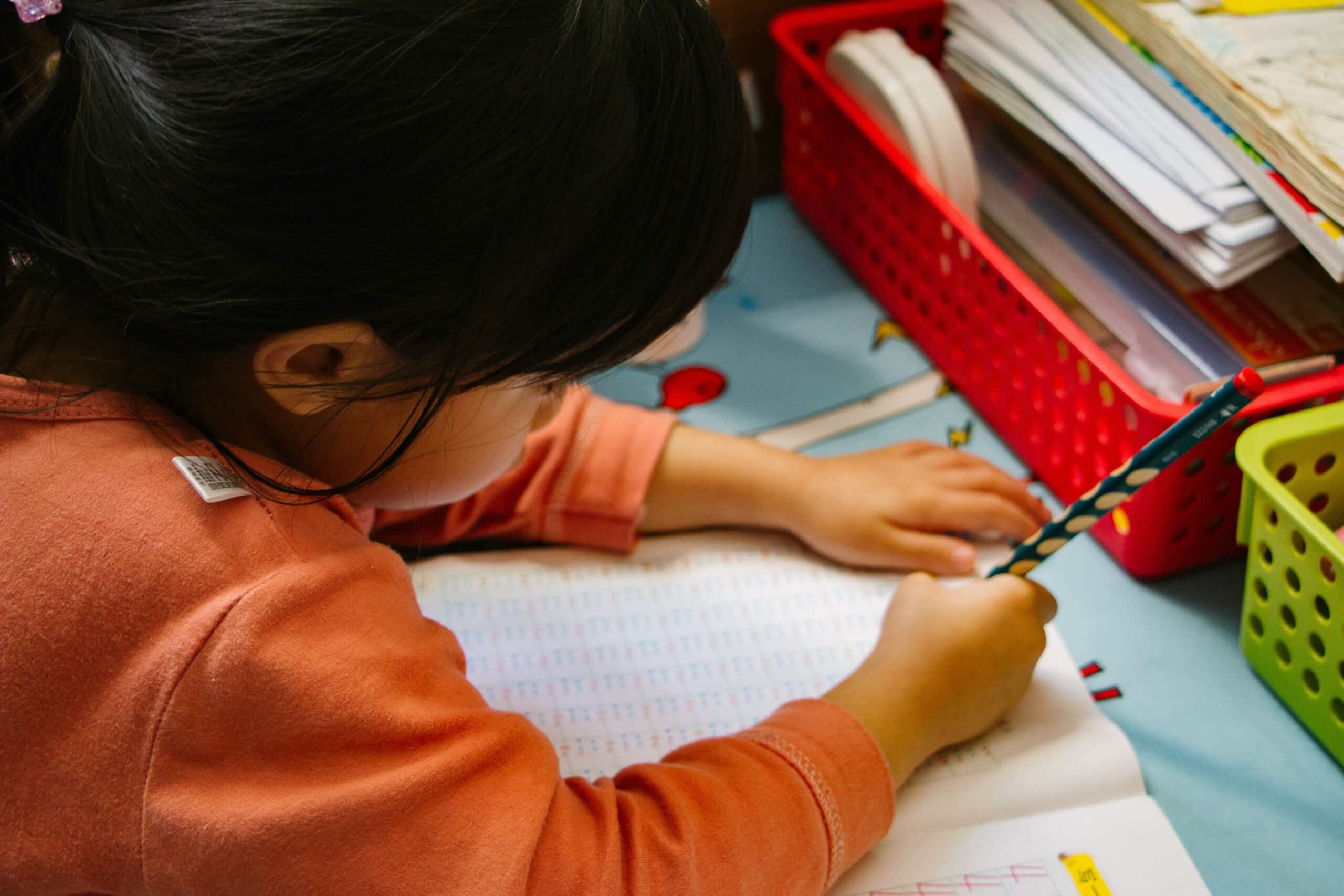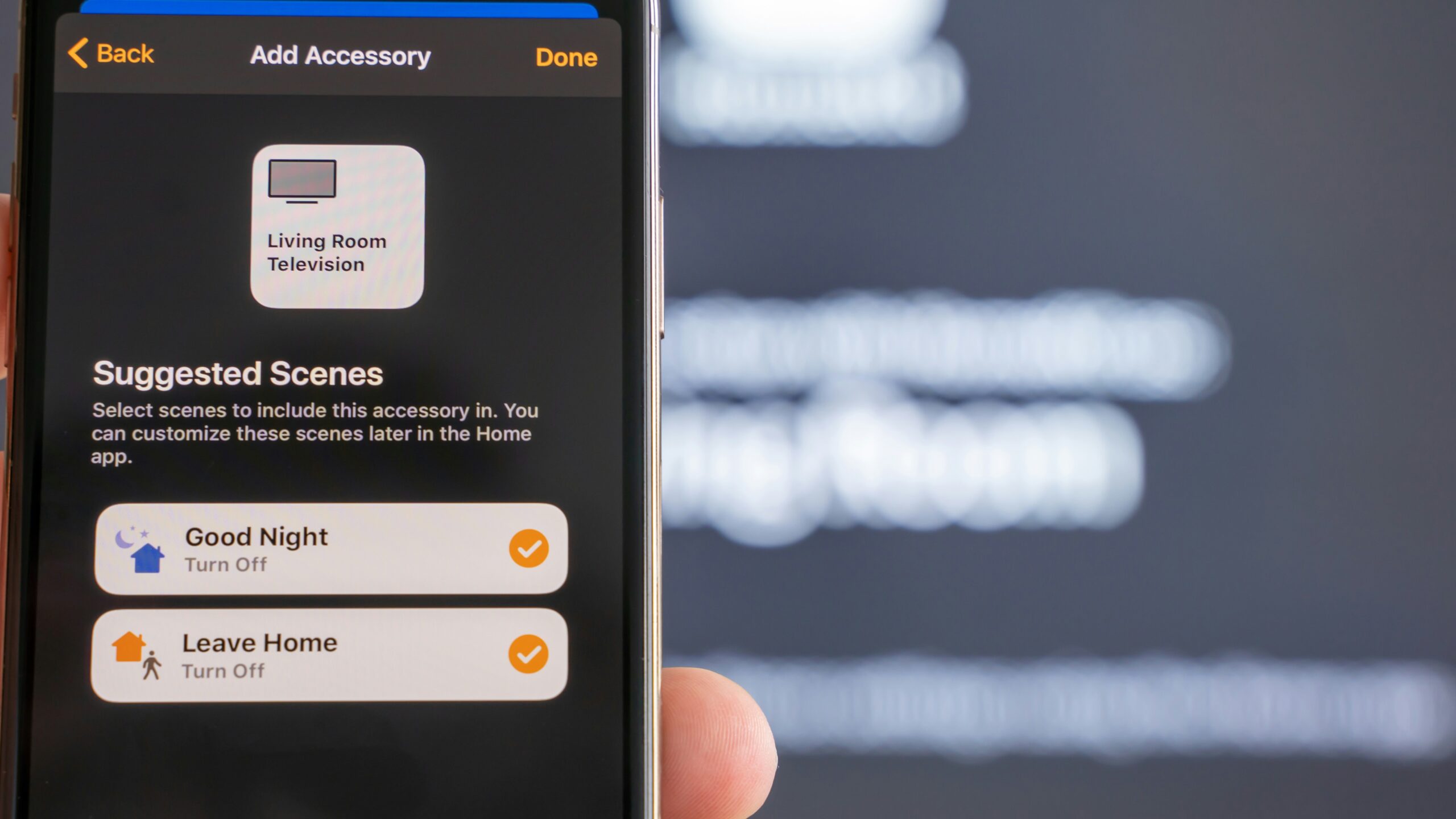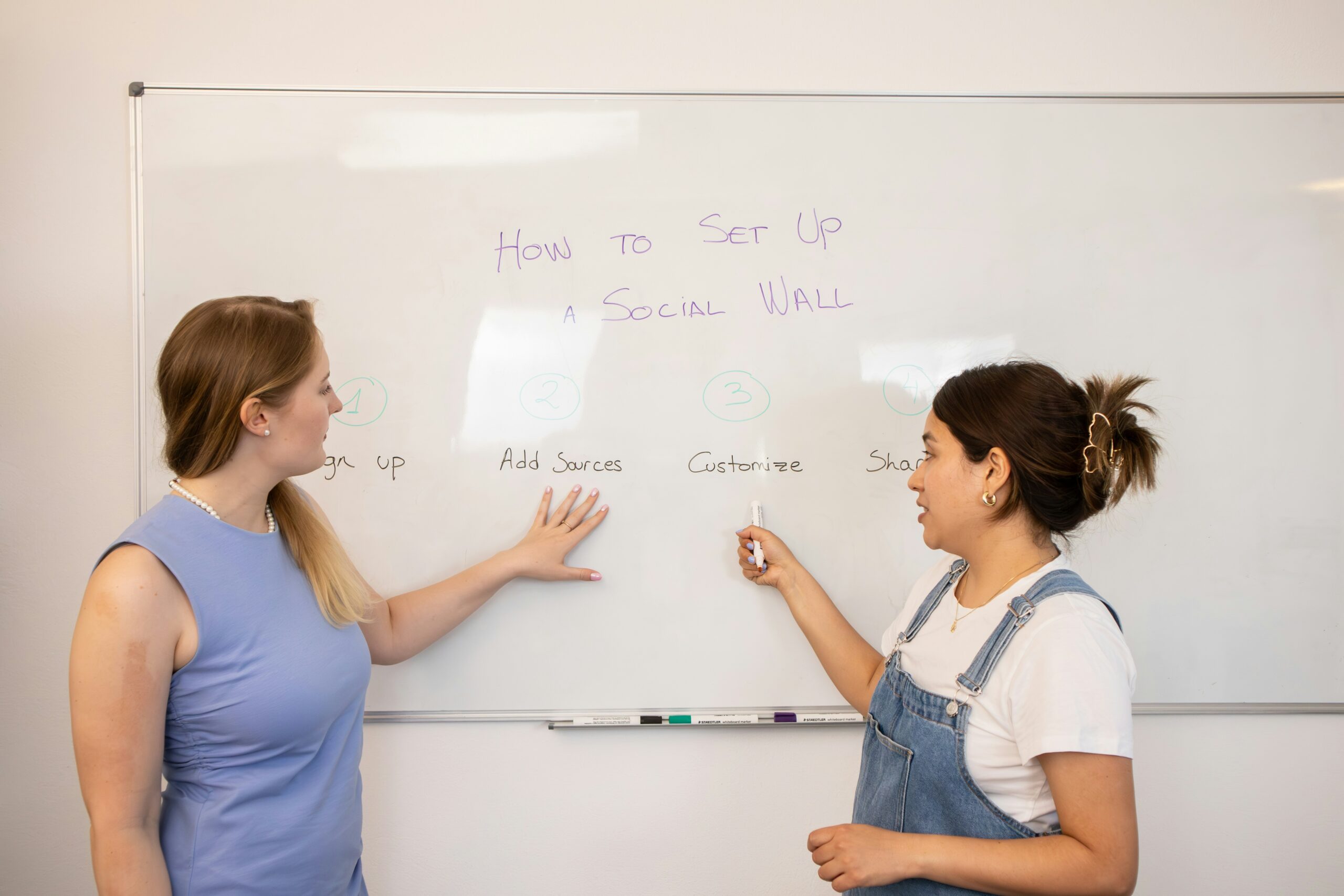Ever watched someone struggle to read a simple menu or decipher instructions, only to realize it’s not laziness—it’s dyslexia? Imagine giving them a lifeline in the form of apps specifically designed for better communication and learning. Enter Learning Lift Communication Plans, a groundbreaking approach transforming how individuals with dyslexia navigate their world.
In this post, we’ll dive into how dyslexia apps powered by these plans are flipping the script on traditional learning methods. You’ll learn:
- The untapped power of technology in dyslexia support,
- A step-by-step guide to using these apps effectively,
- Tips for choosing the right tools, and
- Real-world success stories that will inspire you.
Table of Contents
- Key Takeaways
- The Dyslexia Dilemma: Why Traditional Tools Fall Short
- Step-by-Step Guide to Using Dyslexia Apps
- Best Practices for Maximizing Results
- Real Stories: Success Through Learning Lift Communication Plans
- Frequently Asked Questions About Dyslexia Apps
Key Takeaways
- Empowerment Through Technology: Dyslexia apps aren’t just tools—they’re game-changers.
- Personalization Matters: Learning Lift Communication Plans focus on individual needs.
- Persistence Pays Off: Consistent use leads to measurable improvements.
The Dyslexia Dilemma: Why Traditional Tools Fall Short

Did you know upwards of 20% of the population may have symptoms of dyslexia? That means millions of people face challenges daily that others can’t even fathom. I remember my own moment of failure when trying to teach someone basic spelling—only to feel utterly defeated as frustration boiled over.
Traditional learning solutions? They’re about as effective as trying to charge an iPhone with a potato. Okay, maybe not *that* bad—but close enough. The good news? Modern dyslexia apps harness AI and personalized learning paths (hello, Learning Lift Communication Plans!) to bridge gaps where old-school methods fail.
“Optimist You”: These apps sound amazing! Let’s dive right in.
“Grumpy You”: Sure… but first, coffee.
Step-by-Step Guide to Using Dyslexia Apps
Want to master dyslexia apps and their communication plans? Follow this roadmap:
Step 1: Choose the Right App
There are hundreds of options out there—the trick is finding one tailored to your goals. Look for features like:
- Voice-to-text capabilities,
- Customizable fonts and colors,
- Gamified exercises for motivation.

Step 2: Set Clear Goals
Ask yourself: Do you want improved reading fluency? Better writing skills? Once you define your objectives, configure the app accordingly.
Step 3: Make It Routine
“Screw consistency,” said no successful person ever. Use reminders or pair app time with another habit, like morning coffee.
Best Practices for Maximizing Results
Here’s the lowdown on getting the most from dyslexia apps:
- Involve Loved Ones: Practice makes perfect, especially if family or friends join in!
- Start Small: Don’t overwhelm users with all features at once.
- Track Progress: Celebrate milestones to stay motivated (*cue confetti emoji*).
Bonus Tip: Avoid multi-tasking while using the app. No TikTok scrolling allowed during sessions!

Real Stories: Success Through Learning Lift Communication Plans
Meet Sarah, a high schooler who once dreaded English class. After adopting a dyslexia app featuring Learning Lift Communication Plans, her grades soared by two letter grades within months. Her teacher? Speechless.
Sarah isn’t alone. Parents rave about reduced homework battles, students report boosted confidence—and educators see academic breakthroughs.
Feeling skeptical? So did I until I saw results firsthand. Chef’s kiss indeed.
Frequently Asked Questions About Dyslexia Apps
Are Dyslexia Apps Worth the Investment?
Absolutely. Think of it as buying a gym membership for your brain—a small price for lifelong gains.
What If Someone Doesn’t Like Tech?
Fair point. Start slow and pair tech usage with offline activities until they warm up to it.
How Long Does It Take to See Results?
Consistency is key. Most users notice noticeable progress after 3–6 months.
Conclusion
Dyslexia apps aren’t magic pills, but when combined with frameworks like Learning Lift Communication Plans, they create transformational opportunities. Whether you’re supporting a loved one or navigating dyslexia yourself, taking action today sets the stage for triumph tomorrow.
Before you go, here’s your parting haiku:
Letters used to blur, Now clarity shines through screens— Tech saves dreams anew.


